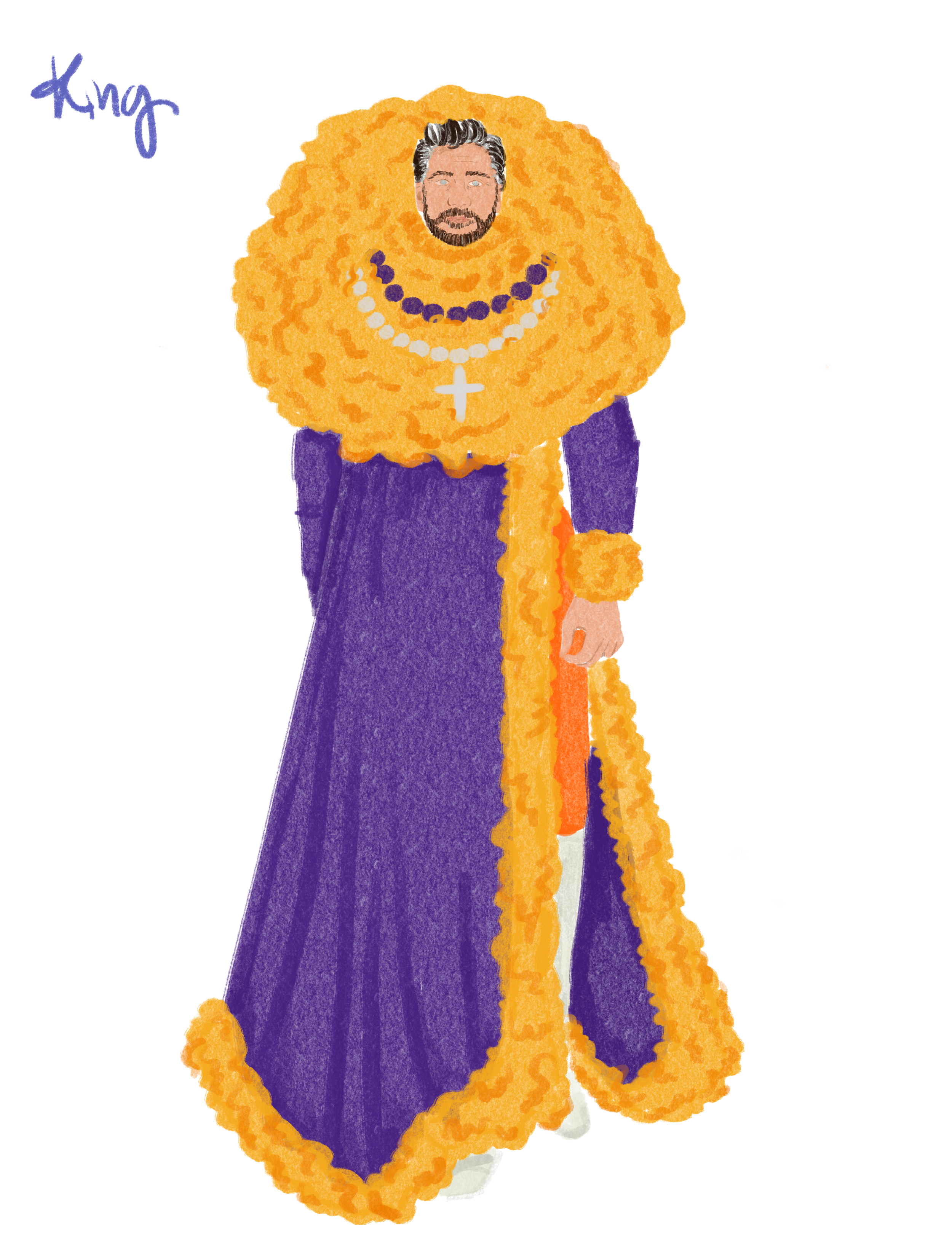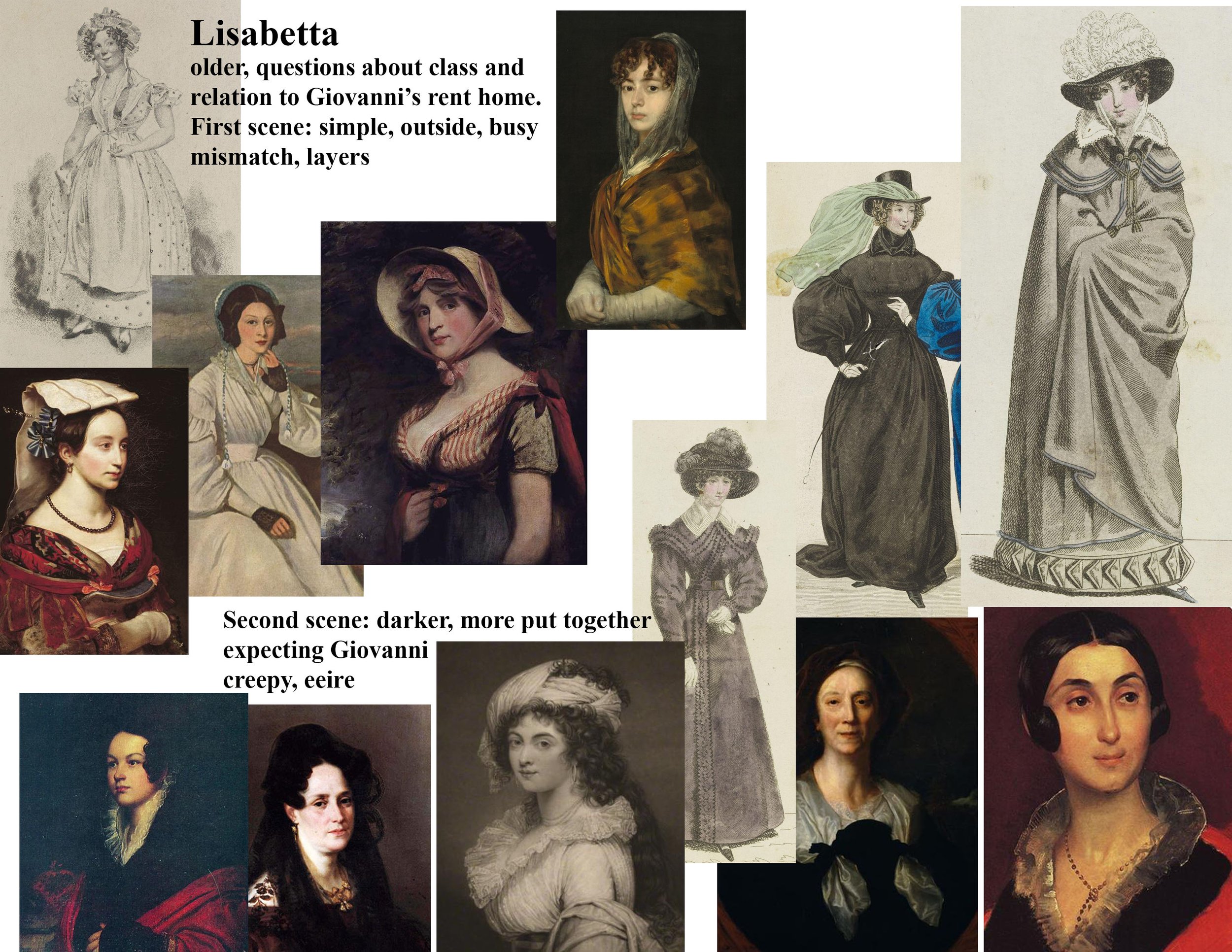La flor de Lirolay
Costumes designed for film, based on the Latin American folktale “La flor de Lirolay.” The work is based in early 1700s research, where reference images from paintings, sculptures and wearable pieces were collected from Spanish and Latin American online museum databases, such as El Museo del Oro, Bogotá, Colombia, and contemporary photographs. The costumes are loosely period set, as this would be a fantasy film. The core of this interpretation is La Ciudad Vieja de Cartagena, Colombia and each member of the royal family is inspired by the famous animal door knockers found throughout the city.












Rappacini’s Daughter
Designed for Rappacini’s Daughter by Nathaniel Hawthorne, set in the Victorian era, specifically 1840s. Research was pulled from the online databases of the MET and V&A’s collections, along with portrait paintings by 1840s artists. The design is rooted in the beauty and danger of Rappacini’s garden and inspired by Vincent van Gogh’s Houses with Thatched Roofs, Cordeville, 1890.










Traditions
Character design for short story “Traditions” by Marcos S. Gonsalez, rooted in capturing the connections to family and home. Design was based on research collected on Latinx neighborhoods in Chicago and NYC, along with cyberpunk and 90s Latinx aesthetics.



¡Wepa!
Character design for a short film called “¡Wepa!” by Simone centered around a young girl named Fia. Who home alone waiting for her parents to come back from work, watches a Latin dance competition with her favorite stuffed animal “Stuffy.” Inspired Fia and Stuffy attempt to recreate the choreography (which she’s seen time and time again at family events) running around her house until Fia’s imagination takes flight.







